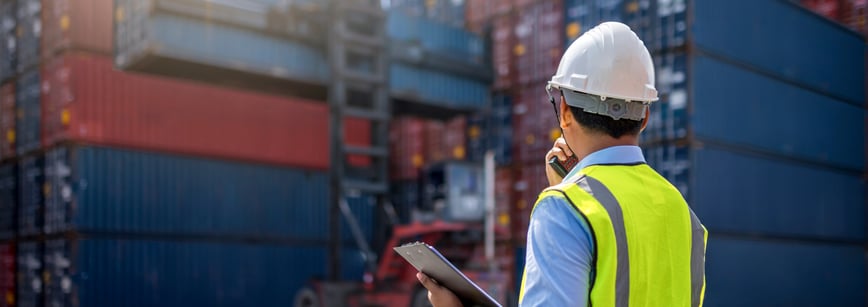 The Regional Comprehensive Economic Partnership (RCEP) will enter into force on 1st January 2022. As of 2nd November 2021, the minimum number of ratifications needed for the agreement to enter into force was reached. In this blog post, Tradewin answers five important things you need to know about the RCEP:
The Regional Comprehensive Economic Partnership (RCEP) will enter into force on 1st January 2022. As of 2nd November 2021, the minimum number of ratifications needed for the agreement to enter into force was reached. In this blog post, Tradewin answers five important things you need to know about the RCEP:
1. So, what should I do?
Well, use it of course. Many of the ASEAN preferential trade agreements are statistically under-utilised, which goes against the reason these agreements were negotiated in the first place.
2. Which countries can I use RCEP with on 1st January 2022?
Currently, six ASEAN member states (Brunei Darussalam, Cambodia, Lao PDR, Singapore, and Thailand), and four non-ASEAN signatories (Australia, China, Japan, and New Zealand) have ratified the agreement. RCEP can therefore be used on trade between these countries, as of 1st January 2022. If other signatories ratify any time between now and then, they can be included for use as well.
3. Should I use RCEP over other ASEAN and ASEAN + Free Trade Agreements?
Not necessarily, but maybe. The preferential rates of duty, rules of origin, and operational certification procedures may be more or less favourable under one agreement compared to another. Be sure to verify before proceeding.
4. So, when is RCEP more favourable?
Generally, if you are producing, hubbing, or transiting through one or more of the signatory countries, the RCEP allows you a larger production base in comparison to any of ASEAN’s older regional preferential agreements. This means that if you are producing finished or semi-finished goods, raw materials originating from a larger pool of countries can be accumulated. If you are hubbing or transiting, the back-to-back proof of origin arrangement applies to a larger pool of countries as well. However, be mindful of local procedural challenges that often arise in such circumstances.
5. How do I prove eligibility?
RCEP aims to be more facilitative than any regional agreement before it. The objective is for all signatories to eventually implement and accept self-declarations of origin (DOOs). But because the RCEP consists of diverse signatories in different phases of development, the implementation of DOOs is staggered.
As an example, Australia, New Zealand, and Singapore already accept and facilitate exporters to self-declare. Cambodia and Lao PDR, who have ratified RCEP, have 20 years from entry into force to implement DOOs. Exporters from these countries must obtain certificates of origin (COOs) instead. Thailand, Malaysia, and Indonesia are expected to require COOs as well, at least in the early phases of implementation, and have 10 years from entry into force to implement DOOs. Countries accepting DOOs and those requiring COOs are expected to be clarified in local rules in due course.
Ultimately, the RCEP aims to be facilitative. But with increased self-regulation comes increased expectation of voluntary compliance and robust internal controls. If you need any assistance with import and export consulting, please do not hesitate to reach out to us.




 The Regional Comprehensive Economic Partnership (RCEP) will enter into force on 1st January 2022. As of 2nd November 2021, the minimum number of ratifications needed for the agreement to enter into force was reached. In this blog post, Tradewin answers five important things you need to know about the RCEP:
The Regional Comprehensive Economic Partnership (RCEP) will enter into force on 1st January 2022. As of 2nd November 2021, the minimum number of ratifications needed for the agreement to enter into force was reached. In this blog post, Tradewin answers five important things you need to know about the RCEP:


